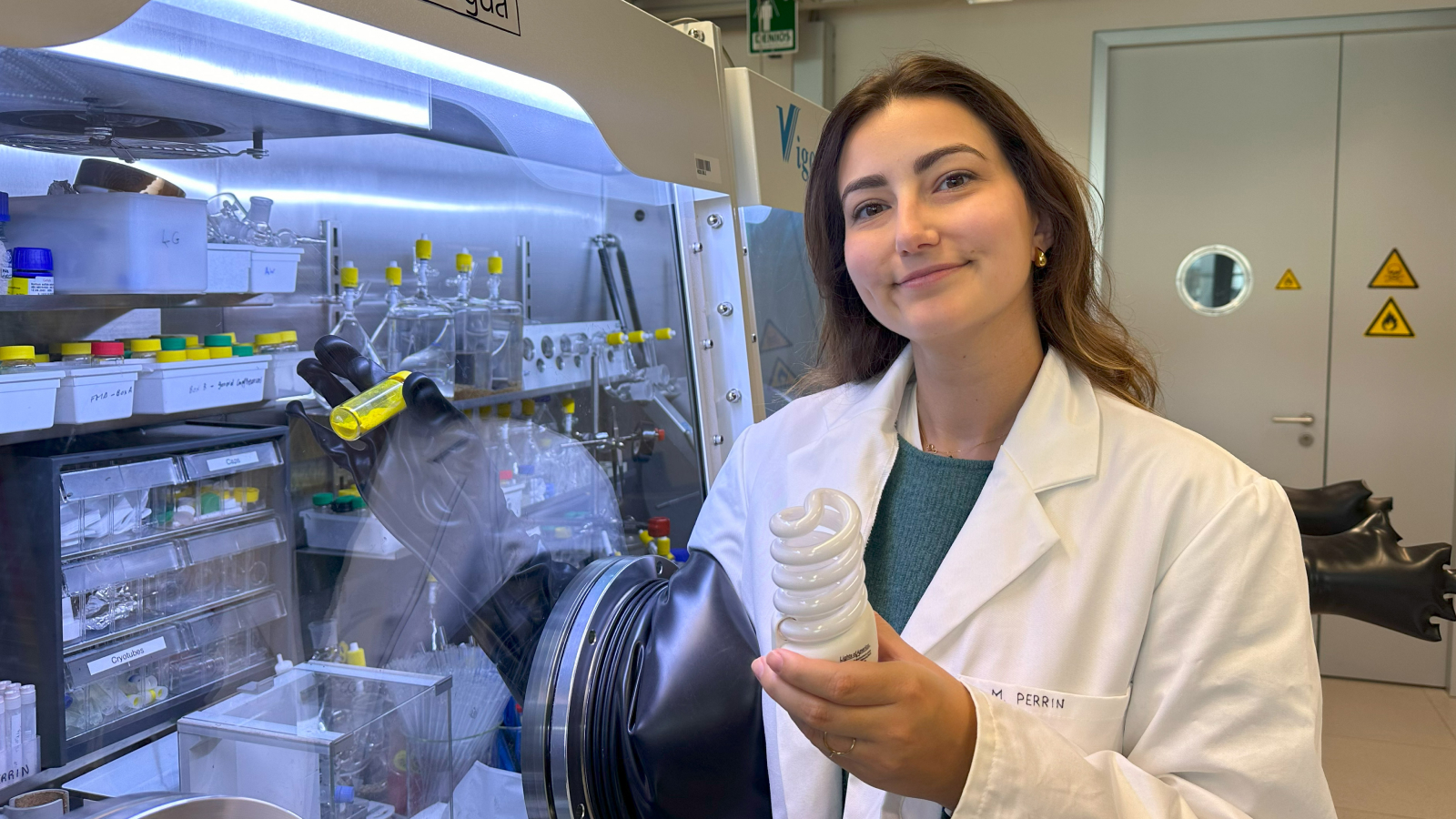Electronics
Latest about Electronics

Air purifiers vs ionizers: What's the difference?
By Kerry Taylor-Smith last updated
REFERENCE We pit air purifiers against ionizers to get to the bottom of what each appliance really does.

How well do air purifiers work?
By Helen Alexander last updated
Reference Air purifiers are intended to remove pollutants from the air, but how well do they really work?
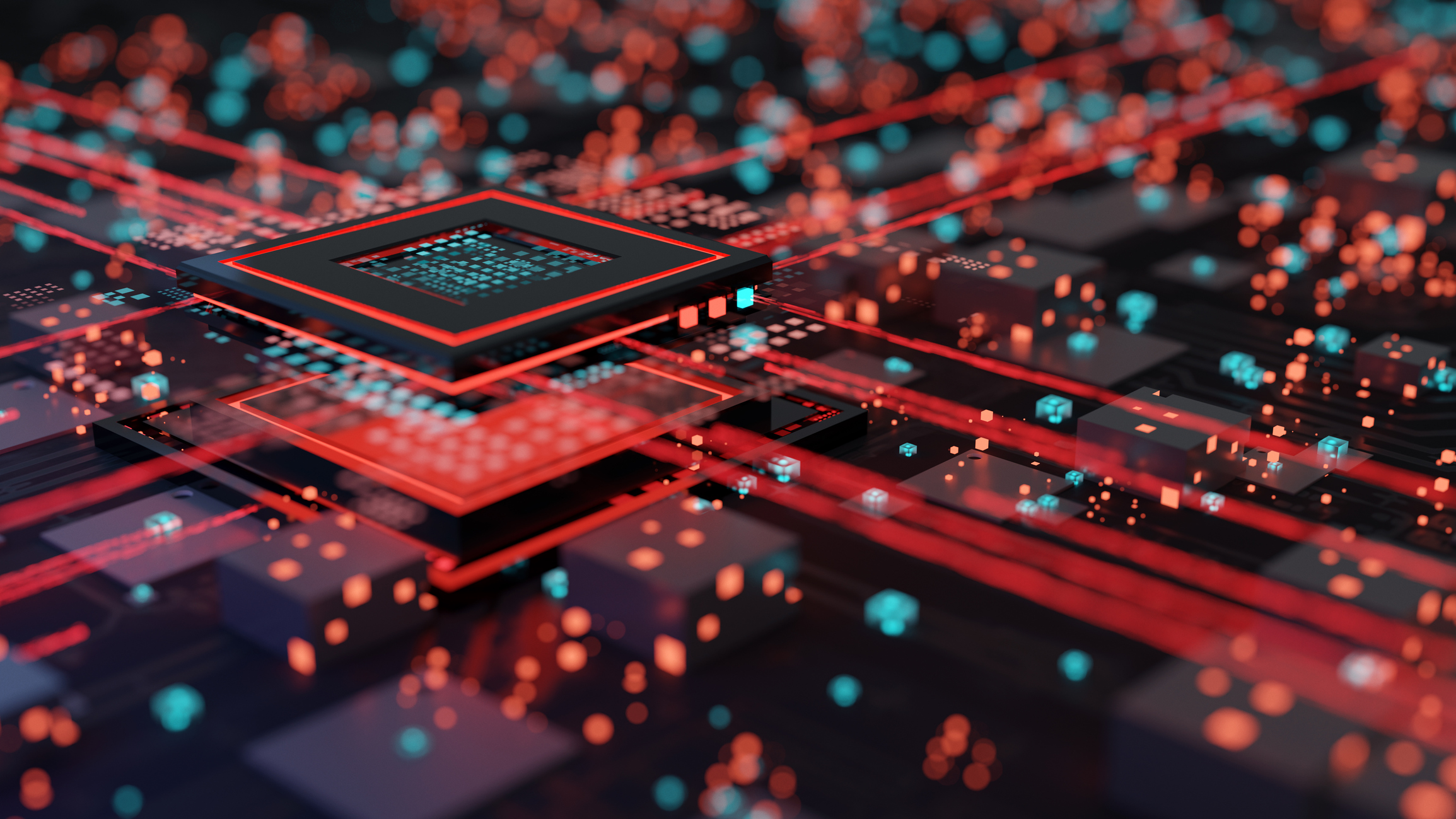
Specialist 'carbon nanotube' AI chip built by Chinese scientists is 1st of its kind and highly energy-efficient
By Owen Hughes published
Scientists in China have developed a tensor processing unit (TPU) that uses carbon-based transistors instead of silicon – and they say it's extremely energy efficient.

New invention harvests ambient Wi-Fi and Bluetooth signals to power small devices
By Rory Bathgate published
Wasted radio signals can be converted into electricity using a new kind of antenna rooted in how electrons behave at a quantum level.
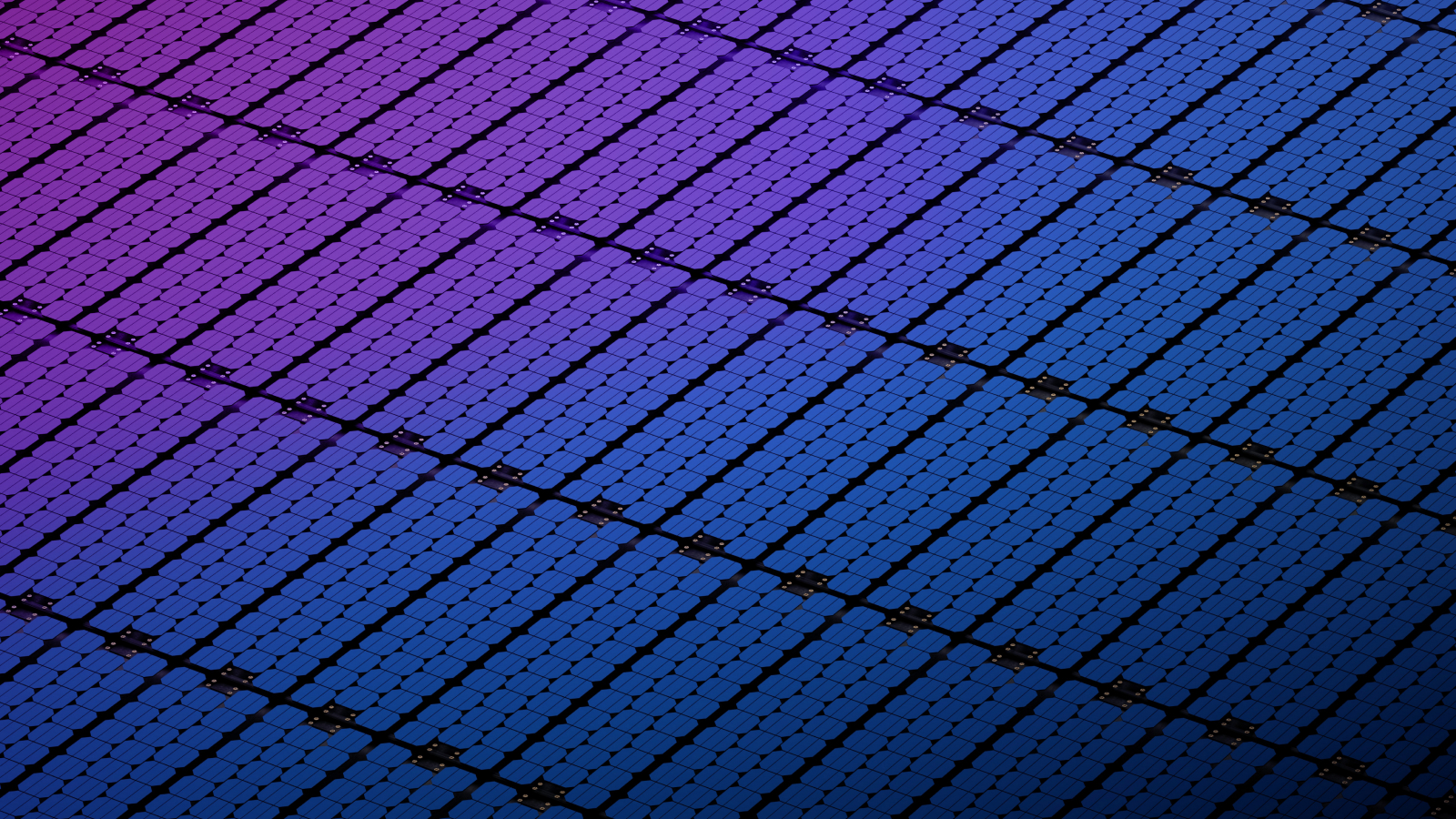
World's 1st flexible solar panel is thin enough to turn your smartphone case into a mini power generator
By Rory Bathgate published
Cheap and flexible perovskite solar cells could revolutionize solar power, making it easier than ever to power the world with sunlight.
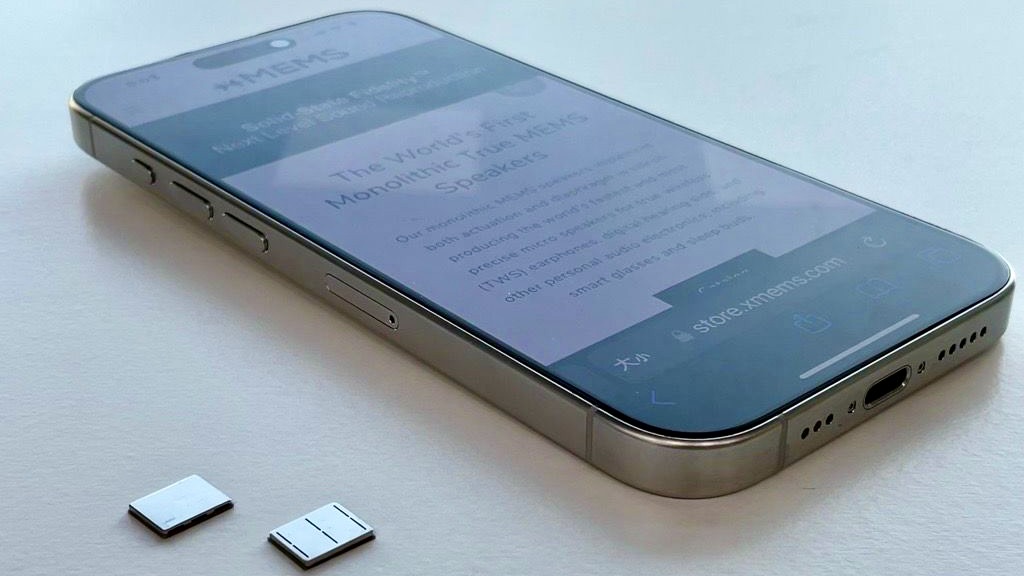
Unique 'fan-on-a-chip' could prevent AI smartphones from overheating — with 1st devices launching in 2026
By Keumars Afifi-Sabet published
The "xMEMS XMC-2400 µCooling" chip aims to keep future smartphones from overheating as they become more powerful.
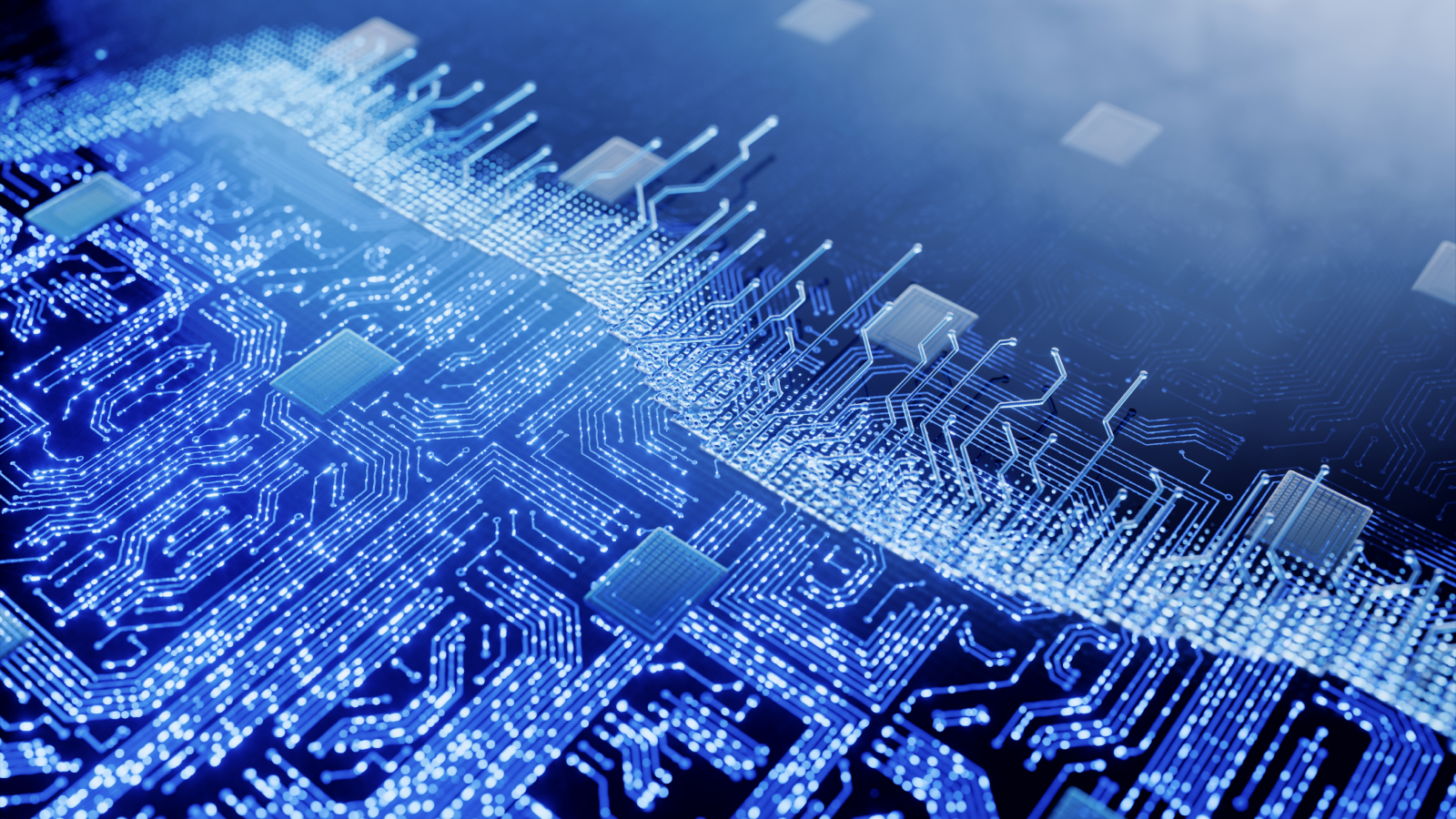
Tiny graphene-based magnetic devices could lead to much smaller — and way more powerful — processors in the future
By Peter Ray Allison published
The new device, called a magnetic tunnel junction, can be harnessed to pack more computing power onto a chip than was previously thought possible.
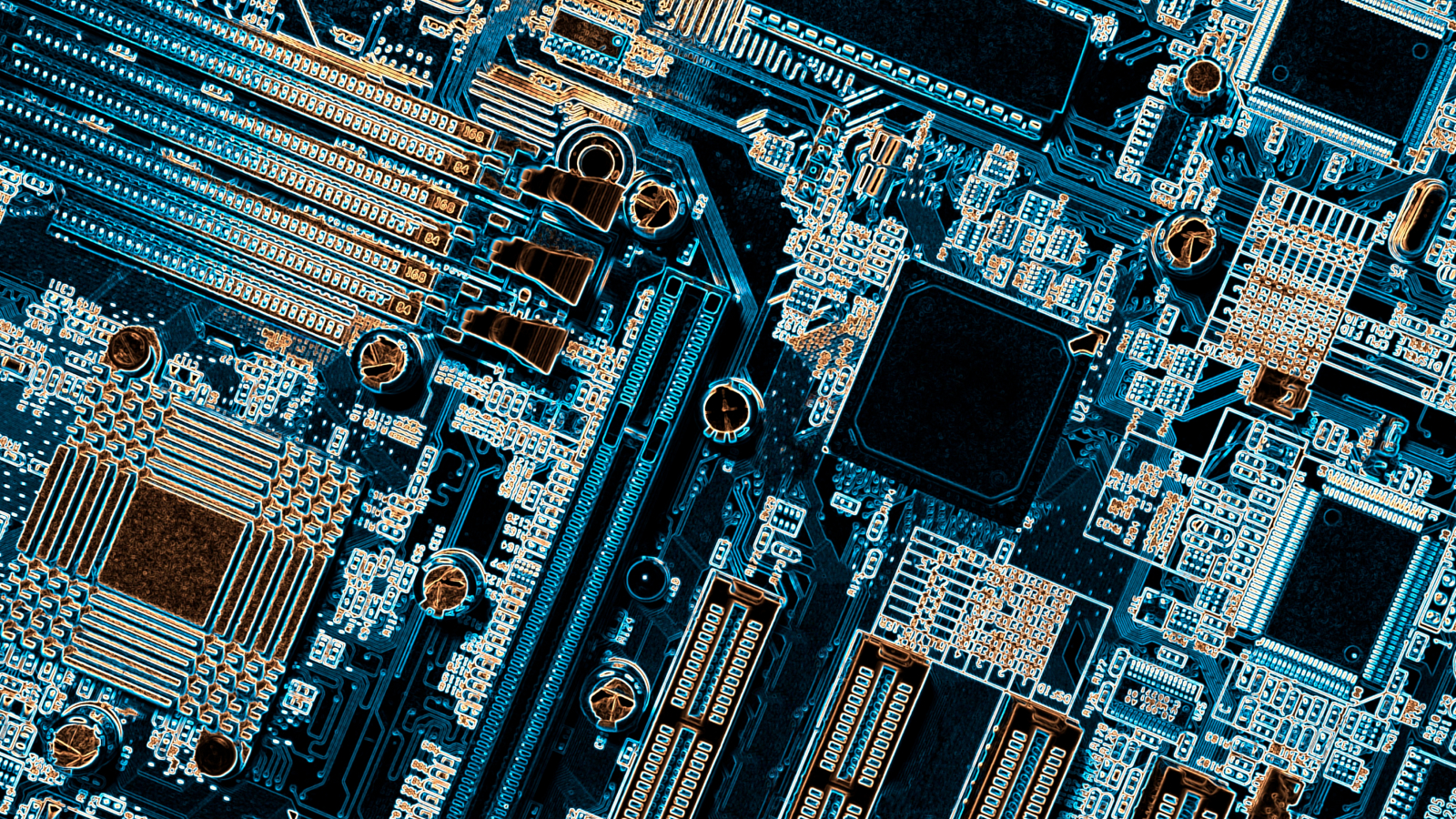
Unique transistor 'could change the world of electronics' thanks to nanosecond-scale switching speeds and refusal to wear out
By Owen Hughes published
A new material can withstand 'billions' of electrical cycles without wearing out — and scientists say it could transform electronics within 10 to 20 years.
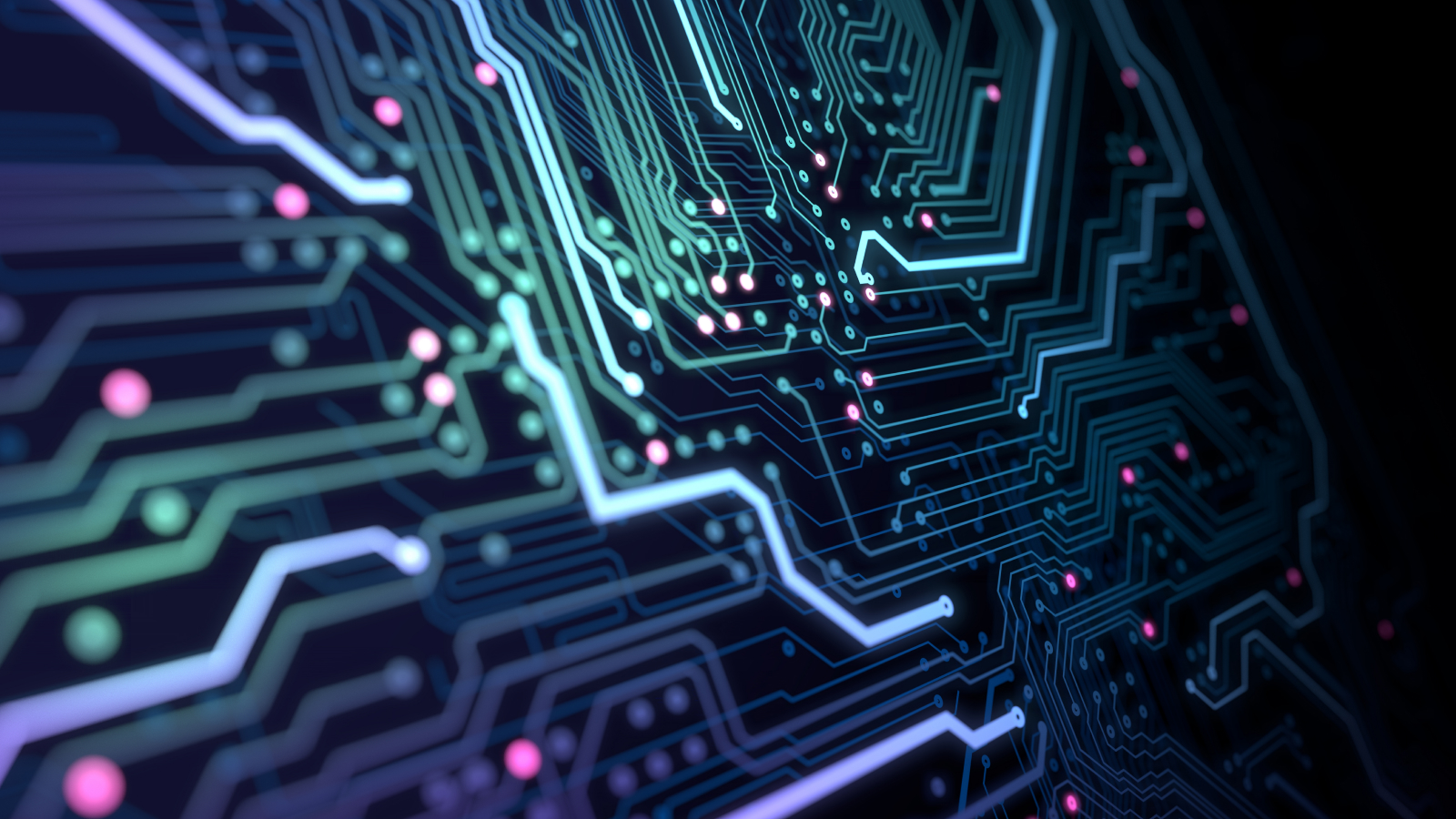
Future chips could swap silicon for a 3-atom-thick crystal semiconductor full of 'defects' that pack in more power
By Skyler Ware published
Next generation of computer chips could ditch silicon for TMD — a 2D material that is embedded with 'defects' which can be harnessed to improve performance.
Sign up for the Live Science daily newsletter now
Get the world’s most fascinating discoveries delivered straight to your inbox.
